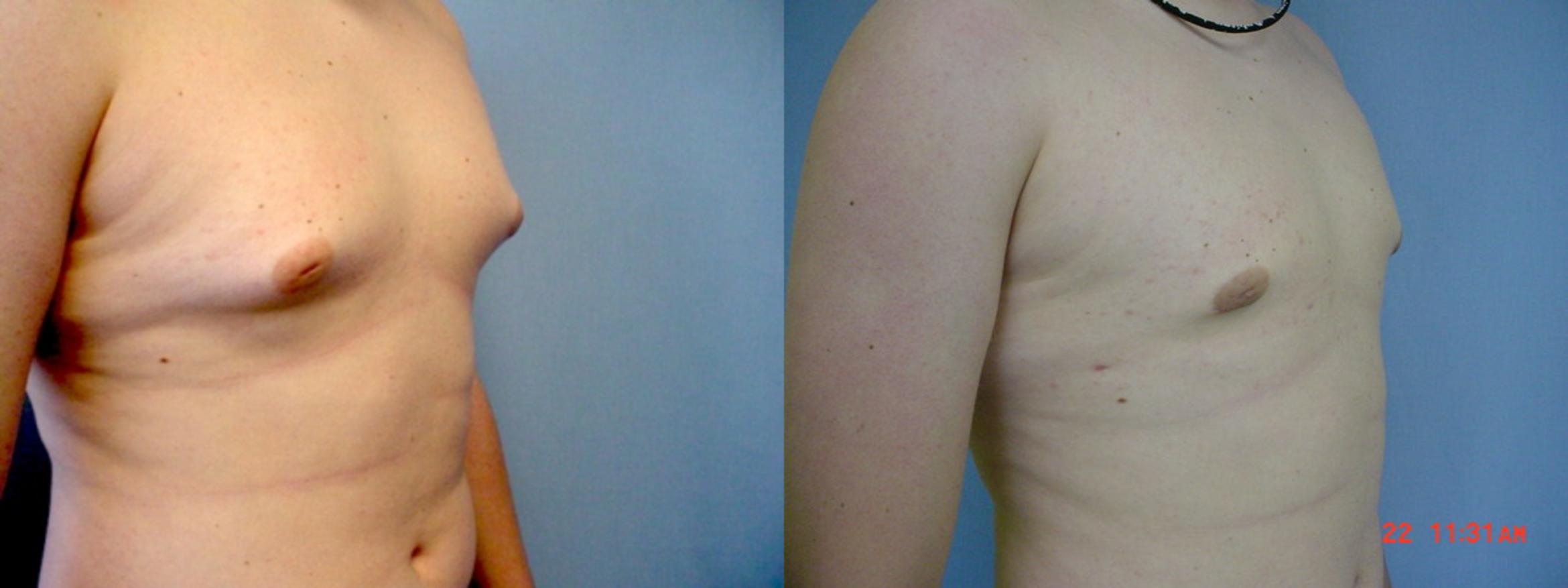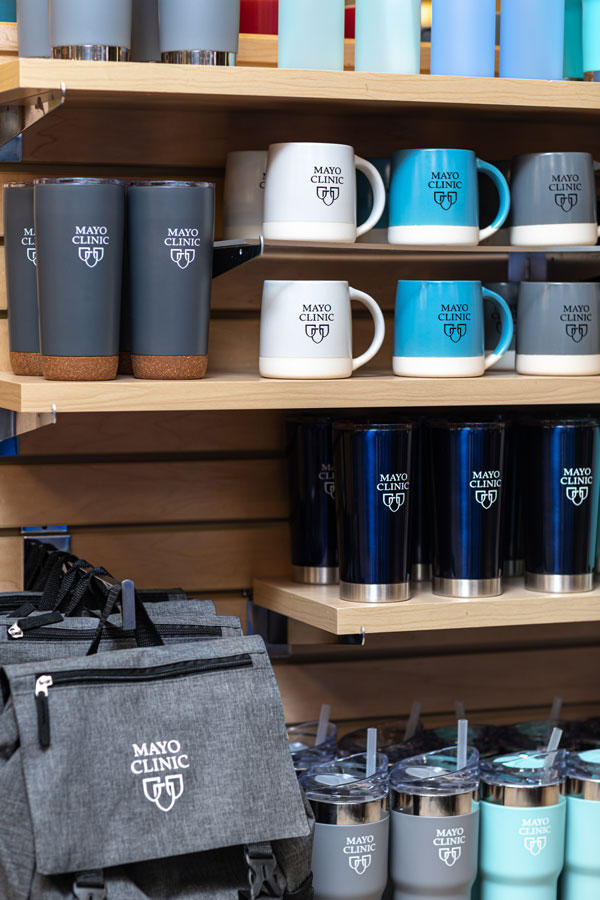
You have many choices if you are looking to undergo a Seattle facelift. Nonsurgical treatments are available at many Seattle cosmetic surgery centers, such as microdermabrasion, laser hair reduction, and spider vein treatment. Combining multiple treatments can help you save money, reduce the amount of visits to the office and lower your fees for anesthesiologists. You might want to look into other cosmetic procedures if you're considering a facelift in Seattle.
Mini facelift
Dr. Santos is both a board-certified plastic surgeon and a doubleboard-certified cosmetic surgeon. He has performed thousands in facelifts and mini-facelifts. He is regularly ranked among the most highly-regarded plastic surgeons across the country. He will talk with you about your expectations for the procedure, and answer any queries. He may also recommend dermal injections or other rejuvenation techniques to enhance your mini facelift results.
Costs for a facelift vary depending on what type of anesthesia is used and how extensive the procedure is. It appears that there is a large geographic variation in the cost for a facelift. Dr. Ridgway can help you if you reside in Seattle or Bellevue. He is board certified in plastic surgery and provides consultations. He will assess your skin structure, muscle tone, and skin flexibility and will then outline your surgery plan. He will also answer your questions about financing and insurance.

Deep plane facelift
Deep plane facelifts are a type of surgery that removes the SMAS layer from the face. It also creates a new plane above the facial nerves and other deeper structures. This type of facelift removes excess skin and cuts the SMAS, releasing the ligaments that hold the face in place. The skin is then stitched back together, and can last up to ten years. A deep plane facelift is a great option for patients seeking a youthful appearance with minimal downtime.
Deep plane facelifts are a great choice for people who want a natural looking result without extensive surgery. This surgery addresses neck aging and facial sagging in the midface. It requires a skilled surgeon with an intimate knowledge of facial anatomy. Dr. Hessler, a double-board-certified facial surgeon, performs the procedure in Seattle as well as the surrounding areas.
SMAS Facelift
An SMAS facelift is a type of cosmetic surgery that involves manipulating a group of muscles underneath the skin. These muscles are known as the superficial-musculoaponeurotic systems (SMAS). They are responsible to facial expressions. The surgeon makes incisions along the hairline to just behind the earlobe, which allows him to separate the skin from the underlying tissues and tighten them to regain the desired position.
A SMAS Facelift is typically done under general pain medication. However, you should arrange for someone to stay with you while you have the procedure. This is because you cannot drive yourself home from the surgery. General anesthesia involves more preparation. This is why patients often choose a Seattle surgeon for general anesthesia. But the risks are minimal and the benefits far outweigh them. Seattle SMAS Facelifts are a great way for you to rejuvenate your face.

Endoscopic facelift
An endoscopic facelift offers many of same rejuvenating benefits and less pain than a traditional procedure. It also takes much shorter recovery times. To access difficult-to reach areas below the skin's surface, it uses a thin, lighted tube called the endoscope. Inconspicuous, small incisions are made within the natural creases and skin of the patient. This allows the cosmetic surgeon to perform these procedures without leaving a large scarring.
Before any type of surgery, Dr. Santos evaluates the candidate to determine which features are to be corrected and which parts of the face will be left unaltered. After establishing the correct criteria, Dr.Santos will devise a customized treatment plan for each patient. This may include the choice of anesthesia and where the incisions will be made. The ideal age for facelift surgery is between 50 and 65. This is when advanced signs of aging usually begin. Patients between 50 and 65 years old are typically in good physical health, with no significant health problems that could affect their recovery.